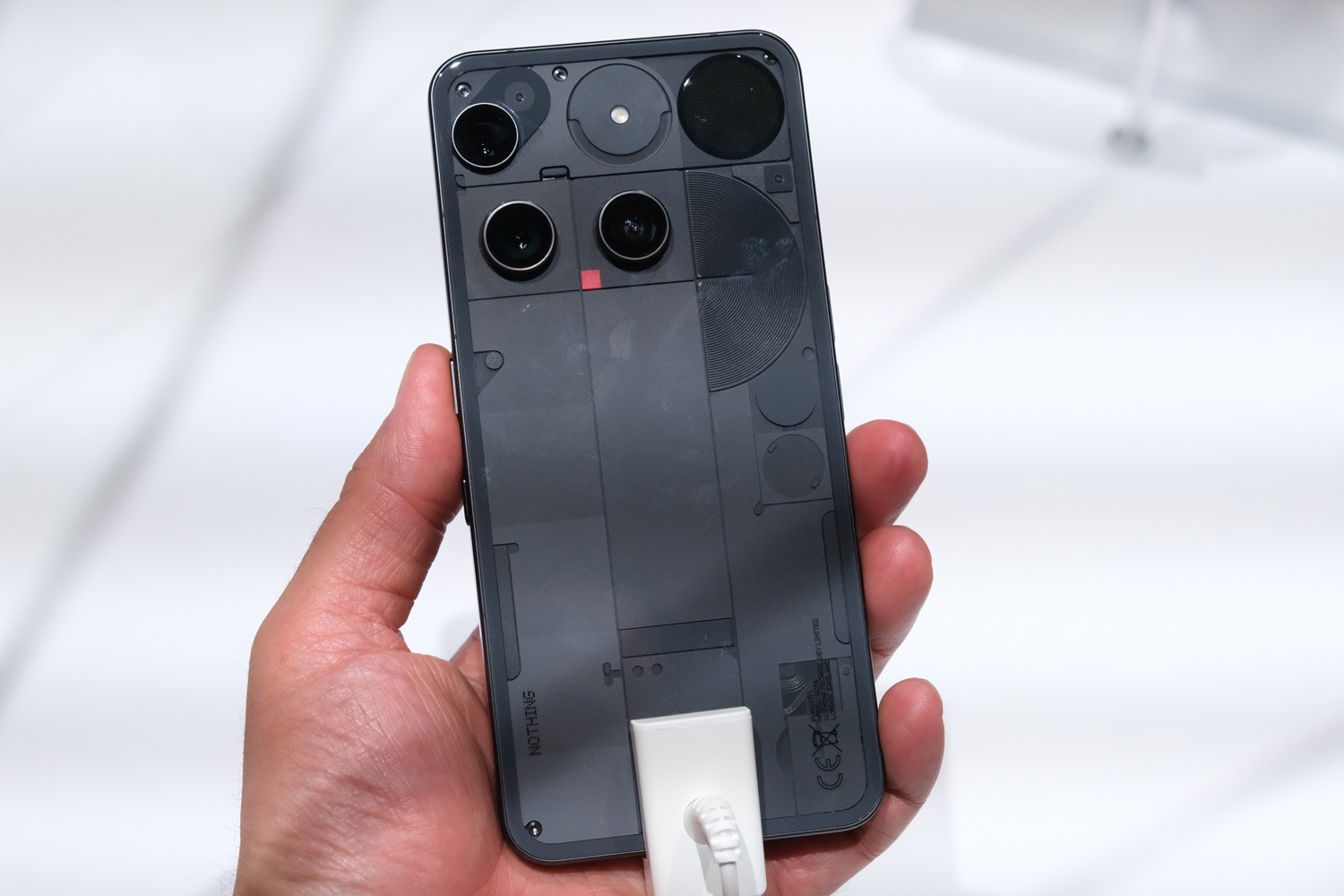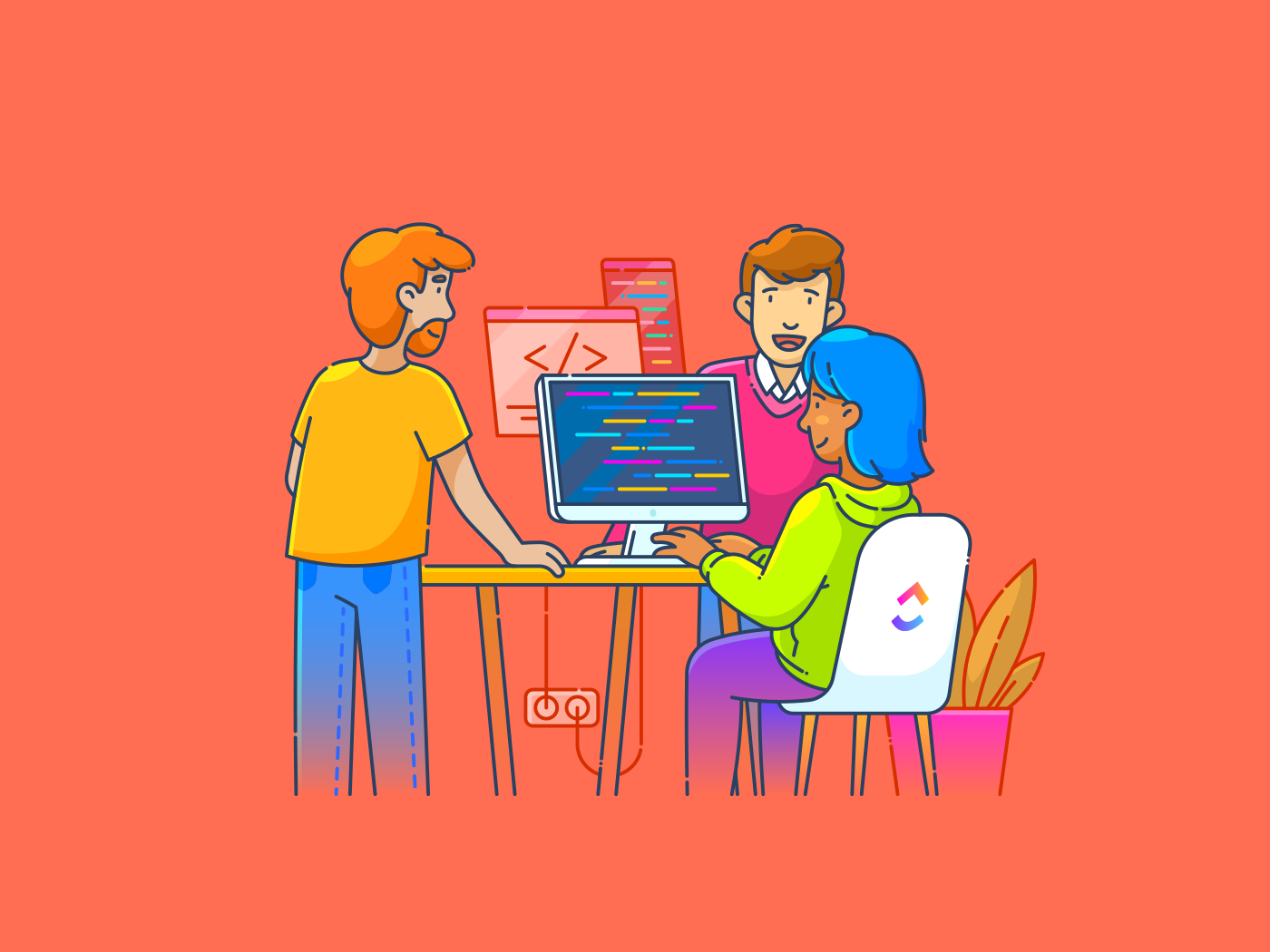Web development projects demand rigorous Quality Assurance to maintain functionality and ensure a flawless user experience. But the traditional manual QA process comes with challenges—soaring costs, slower timelines, and difficulty scaling as projects grow more complex.
For tech-forward businesses like digital agencies, SaaS companies, and startups, these pain points create barriers to efficiency and growth. Here’s where AI-driven testing tools come in: they promise faster bug detection, cost savings, and real-time testing capabilities that empower teams to scale seamlessly.
This shift toward AI testing is already reshaping the software development industry. Below, we’ll explore the challenges of manual QA, the role of AI in QA, and actionable steps to leverage these tools for your agency’s competitive advantage.
Challenges Faced by Digital Agencies in QA
With accelerating competition and high client expectations, agencies must balance quality with speed and affordability. Yet manual QA processes often lead to avoidable obstacles:
Rising Costs
Manual QA involves multiple QA testers running repetitive tests across different devices and platforms, which leads to time-intensive labor costs. With tighter client budgets, rising costs are a recurring issue.
Delayed Project Timelines
Manual testing takes time—especially for larger, more intricate projects. The result? Delays in deployment timelines, leaving clients frustrated and reducing opportunities for agencies to scale.
Inconsistent Client Satisfaction
Despite rigorous manual efforts, human testers often fail to catch more nuanced or complex bugs. Each oversight leads to client dissatisfaction, creating friction in long-term relationships.
Difficulty Retaining QA Talent
Repetitive, monotonous tasks in manual testing environments often drive skilled QA professionals toward burnout. Meanwhile, hiring and retaining new talent remains a challenge in a competitive hiring market.
How AI Agents Solve These Challenges
AI-powered testing dramatically shifts the paradigm for web development teams. Leveraging machine learning and automation, these tools tackle manual QA inefficiencies directly:
Cost Reduction
According to a study on AI integration in QA, adopting AI testing tools can significantly reduce manual labor costs and boost operational efficiency by automating repetitive, time-consuming tasks, so your team can focus their time and expertise on strategic, high-value activities.
Accelerated Timelines
Unlike human testers, agentic AI work around the clock. They execute multiple tests simultaneously and provide real-time bug identification, speeding up development cycles and enabling faster project delivery.
Higher Quality Outputs
AI agents excel at pattern recognition. They can identify subtle errors and high-complexity bugs that manual testing often misses. This leads to cleaner code, better performance, and ultimately more satisfied clients.
Real-Time Insights
AI tools offer data-driven reports and actionable insights into your testing outcomes. These help you make informed decisions quickly and maintain high-quality deliverables.
Talent Optimization
By offloading repetitive tasks to AI testing tools, QA engineers can focus on strategizing test cases and managing workflows. This keeps your team engaged and operating at their most efficient.
Key Benefits of AI Testing for Digital Agencies
For agencies focusing on improving operational efficiency and bolstering their reputation, AI in QA provides a strong competitive edge. Here’s why agencies should consider making the switch:
Stand Out in a Competitive Market
Agencies utilizing AI testing tools can deliver projects faster without sacrificing quality. In today’s fast-paced environment, this innovation can put companies miles ahead of competitors.
Higher Profits
By reducing delivery timelines and QA costs, agencies free themselves to take on more projects, increasing their revenue potential.
Enhanced Client Relationships
AI testing ensures error-free, high-performing web projects, which improves client trust and satisfaction. Happy clients not only return for more business but become ambassadors for your brand.
Data and Analytics for Smarter Decisions
AI testing tools provide detailed data that can inform everything from project forecasting to workflows. Agencies can continuously improve by making data-driven adjustments.
How to Implement AI Testing at Your Agency
Transitioning from manual QA to AI-powered testing might seem like a daunting shift, but adopting the right strategies can ease the process. Here’s how agencies can get started:
Evaluate Your Existing System
Start by identifying the weakest links in your QA process. Are bottlenecks slowing down delivery? Are high labor costs affecting margins? Understanding these points of friction helps set clear, measurable implementation goals.
Research and Select Tools
Not all AI testing tools are the same. Do your research to find the right fit for your needs. Platforms like Testim, Selenium, and Applitools are highly rated for different use cases. Evaluate features, costs, and integrations.
Begin with a Pilot Project
A big-bang approach isn’t necessary. Start with a smaller project to evaluate the success of AI testing within your agency. Test workflows, capabilities, and team compatibility with the tool.
Train and Upskill Your Team
It’s not just about adopting tools but also empowering your team to succeed alongside them. Provide training on managing the AI tools and use this opportunity to enhance your testers’ confidence with AI-driven workflows.
Conclusion
To remain competitive in a fast-evolving digital world, agencies need to embrace automation where it matters most. AI-powered QA testing tools not only cut operational costs but also improve deliverables, shorten project timelines, and enhance client relationships.
By evaluating your existing QA processes, piloting tools, and upskilling your team, your agency can gain the competitive edge it needs to stay relevant and agile—delivering seamless, future-proof digital experiences across all projects.
Don’t wait, start your AI testing journey today and future-proof your agency for tomorrow’s challenges.
Curious how agentic AI can do more than just QA?
Explore Weam AI where agencies build smarter workflows using agents, from bug triage to client-ready outputs.
Frequently Asked Questions
AI in QA uses artificial intelligence to automate the software testing process, detect bugs, and optimize workflow efficiency.
Which are the top AI testing tools?
Popular tools include Testim, Selenium, and Applitools, which offer varying features for different testing needs.
Does AI testing completely remove manual QA?
AI testing complements, rather than replaces, manual QA. Humans are still needed for strategy and oversight, while AI handles repetitive tasks.
Is AI testing affordable for startups?
Yes! While the upfront cost might seem intimidating, the long-term cost reduction and scalability benefits make it a wise investment for startups.
How quickly can AI-based workflows be set up?
Setup time varies by tool and team size, but starting with a pilot phase generally allows for implementation within a few weeks.











